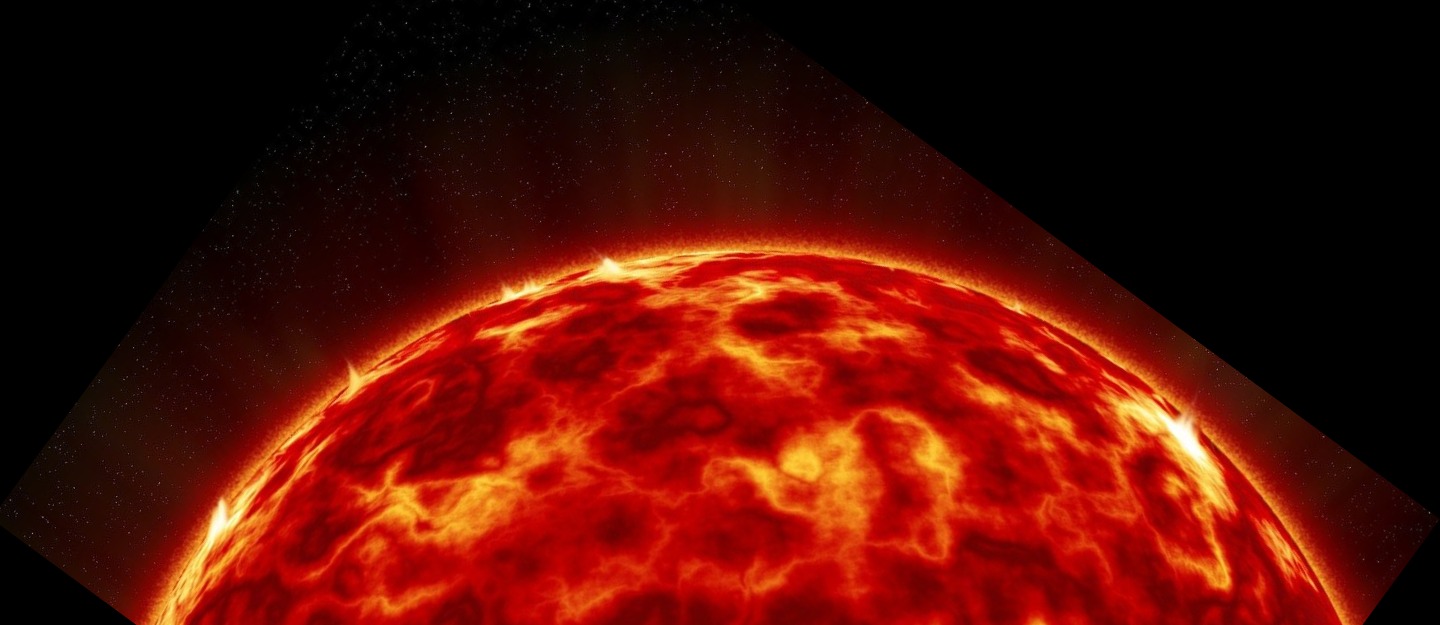Geomagnetic storms are powerful space weather events that significantly influence HF radio communication. These storms occur when charged particles from the sun, known as solar wind, interact with Earth’s magnetic field.
Because HF propagation depends on the ionosphere, geomagnetic activity can disrupt radio signals, causing fading, distortion, or complete loss of communication. Understanding how geomagnetic storms work allows amateur radio operators to anticipate problems and adjust their strategies for better performance.
What Causes Geomagnetic Storms
Geomagnetic storms begin with solar activity, such as solar flares or coronal mass ejections. When these massive bursts of energy reach Earth, they disturb the upper atmosphere and magnetic field. As a result, the ionosphere becomes unstable, which directly affects how HF signals travel. While minor disturbances may only cause slight fading, strong storms can shut down entire bands for hours or even days.
Because these events are tied to solar cycles, periods of high solar activity bring more frequent and intense storms. This means HF conditions are more volatile during the peak of the solar cycle. By learning to monitor solar data and geomagnetic indices, operators gain insight into when a storm might hit and how severe its effects will be.
How Geomagnetic Storms Affect HF Bands
HF signals rely on the ionosphere to reflect radio waves back to Earth. During a geomagnetic storm, the ionosphere becomes turbulent and unpredictable. Consequently, signals may scatter instead of reflecting cleanly, causing distorted audio or loss of strength. Lower HF bands like 160 meters and 80 meters often experience severe noise and absorption during these events. Meanwhile, higher bands such as 20 meters and above may completely close for long-distance communication.
Interestingly, some bands can briefly benefit during the early phase of a storm. For example, 6 meters and 10 meters sometimes experience enhanced propagation due to increased ionization. However, this effect is temporary and usually followed by a rapid decline in conditions. Therefore, operators must stay alert and be ready to switch frequencies as the storm evolves.
Recognizing the Signs of a Geomagnetic Storm
Operators often notice early signs of a geomagnetic storm even before official reports are issued. Sudden fading of signals, increased noise levels, and strange propagation patterns can all indicate that a disturbance is underway. Because storms develop quickly, regularly checking propagation tools and solar weather updates provides an advantage.
When the K-index, a key geomagnetic measurement, rises above 5, significant disruption to HF bands is likely. During extreme storms, values may reach 8 or 9, signaling severe radio blackouts. By monitoring these readings, you can predict which frequencies are likely to fail and prepare alternative communication plans.
Strategies to Maintain Communication During Storms
Although geomagnetic storms can be challenging, several strategies help operators maintain some level of communication. Switching to lower frequencies often works during the early stages of a storm since these bands are less affected at first. As conditions worsen, focusing on local contacts instead of long-distance DX provides more reliable results. Additionally, using digital modes such as FT8 can help because they decode weak signals that would otherwise be unreadable by voice.
Another effective approach involves having backup antennas with different radiation patterns. For instance, a low-angle antenna may perform poorly during a storm, while a high-angle setup designed for near-vertical incidence skywave (NVIS) propagation can still support regional communication. Consequently, having multiple antenna options gives you more flexibility during difficult conditions.
Preparing for Future Geomagnetic Storms
Because geomagnetic storms are inevitable, preparation is essential. By maintaining a reliable station and monitoring solar activity regularly, you can respond quickly when conditions begin to deteriorate. Keeping logs of past storm events also helps you recognize patterns and predict how your location and equipment will react to similar disturbances.
Additionally, planning alternative communication methods such as VHF, UHF, or satellite contacts ensures that you stay connected even when HF becomes unusable. These higher-frequency bands are less affected by ionospheric turbulence and often remain functional during severe geomagnetic activity.
Geomagnetic Storms
Geomagnetic storms pose significant challenges for HF operators, but knowledge and preparation make a tremendous difference. By understanding the causes, recognizing the warning signs, and adapting your strategies, you minimize disruptions and keep your station active.
As solar cycles continue to shape the ionosphere, your ability to adapt ensures that you remain an effective and resourceful operator, even during the most intense space weather events.
Please consider Donating to help support this channel
